Oiso in Kanagawa prefecture is the coastal town full of nature with a shallow sea. While the housing development has progressed with gardens destroyed, this project started from meeting with a family wishing traditional green Oiso life back.
This garden has a triangular path and each side has distinctive features. Around the path, there are 4 acute angles space, a garage, and a garden house designed to create different views depending on where to look at the garden from. These acute angles space gives a unique sense of perspective and depth to the garden, an effect of designing the garden and the architecture interrelatedly.
The roof of Hexagon Garage is undulated along with hills in the surrounding landscape. The shape of “Hexagon”, as in the title of this garden, derived from the shape of this roof. In early spring, you can enjoy the weeping plum tree in Hiroshige’s composition from a hexagon-shaped window of the garden house. An artwork for water scene, the same size as the window, is a scenery as an homage of the sea, taken out from a moment on the coastal edge at Oiso beach.
Along with hexagons, another element repeatedly used is Japanese cedar (sugi) boards. The grain of sugi draws attentions to various objects such as burned sugi walls around, decorated concrete wall, concrete artwork with an engraved mark, and woodcut print with such mold forms, giving a strong impression and thus linking them with the memory of each scenery.
It took longer than expected for the plants rooting deeply due to the influence of salty wind and warmer climate. However, with careful maintenance, the plants were gradually adapting to the environment and started to harmonise with the black soil. As a result, the objective to live in an environment full of green may have been accomplished. Moreover, this garden may become a space where people recall layers of aesthesia piled inside of them by feeling a vibrant relationship among the angles and lines as well as the repetition of elements rather than having just a natural greenery.
Photographed in April to June 2016
8 years after the completion
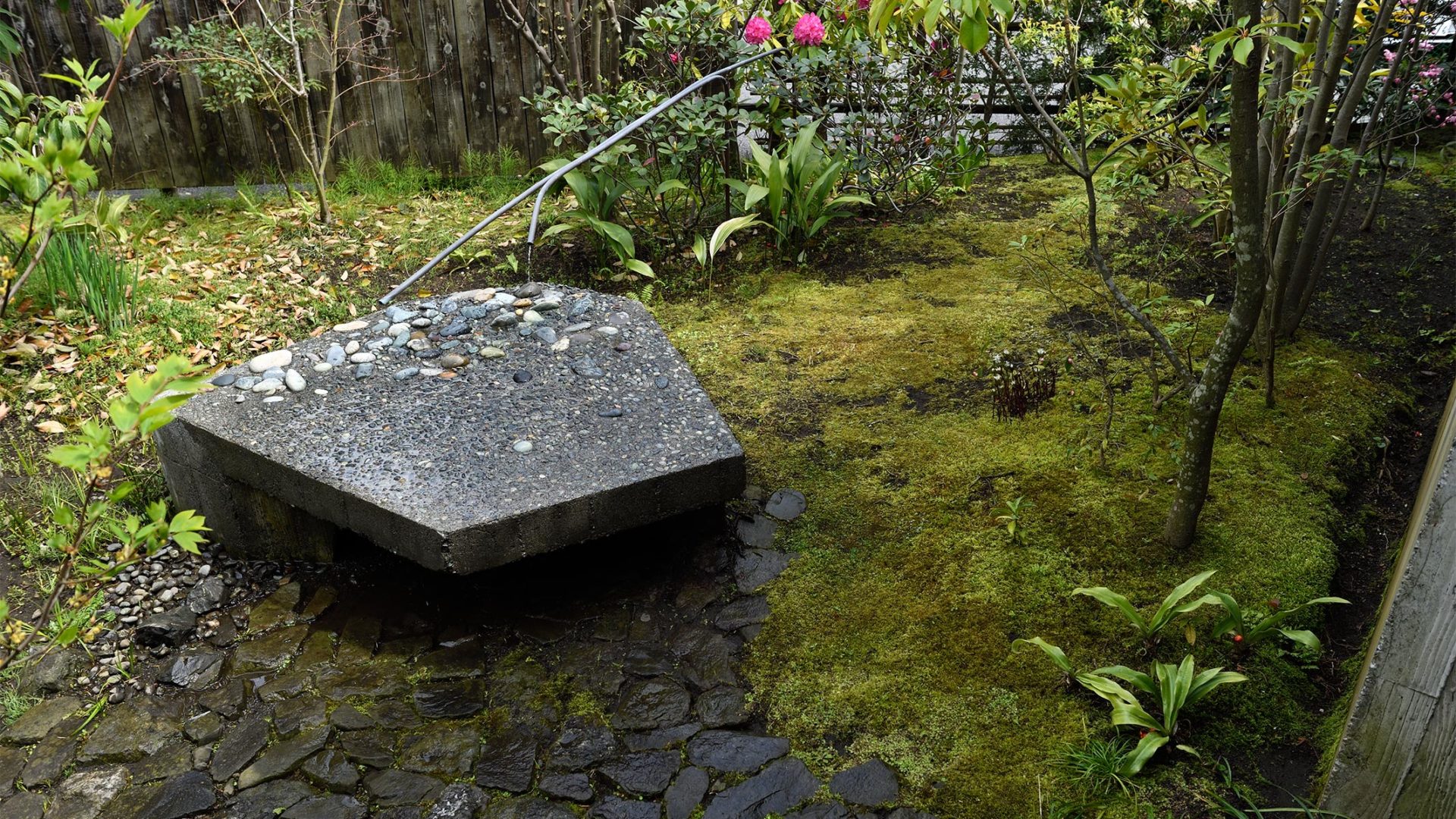
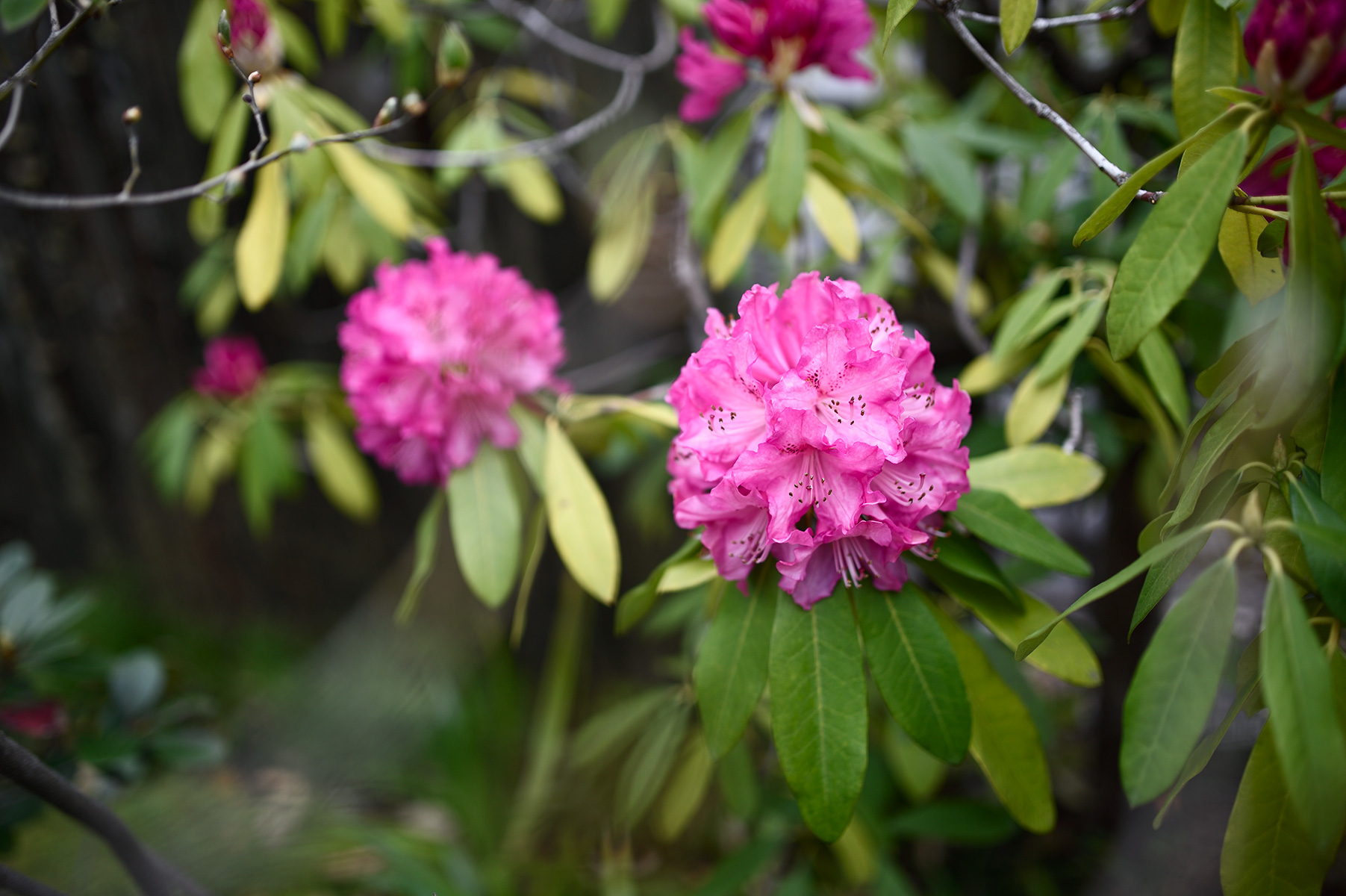
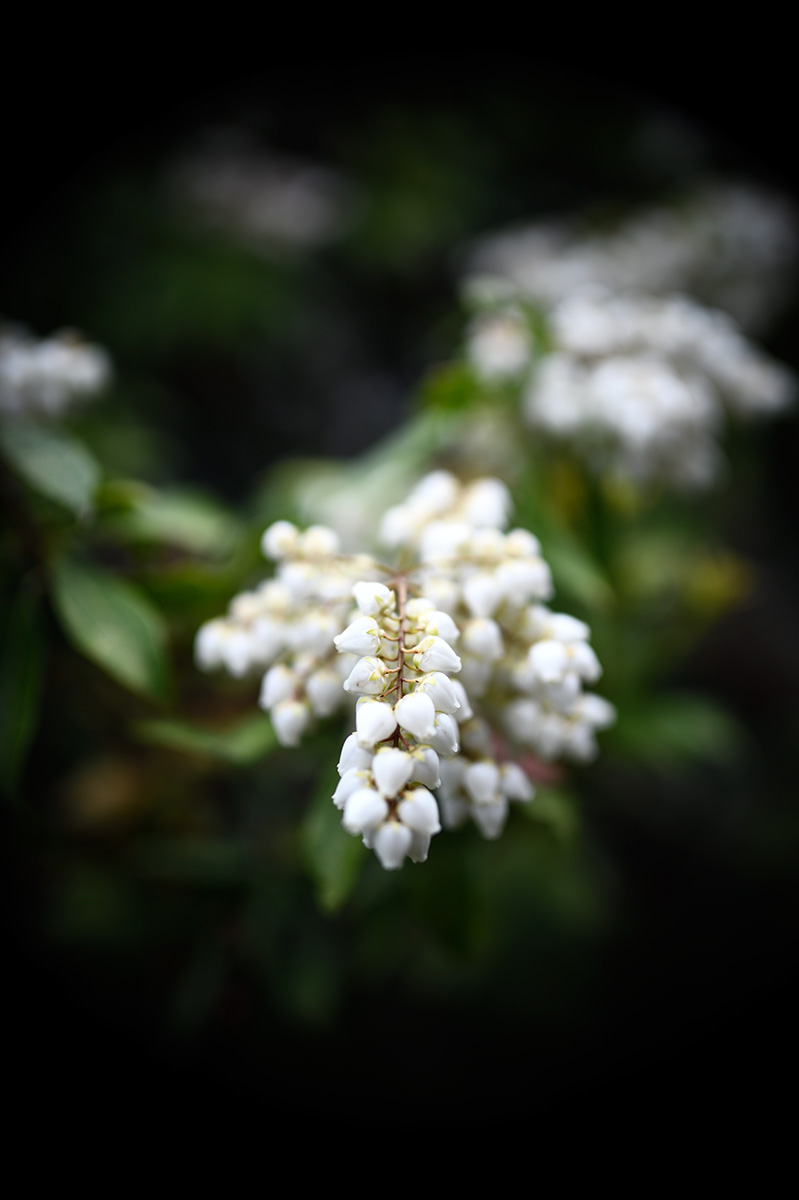
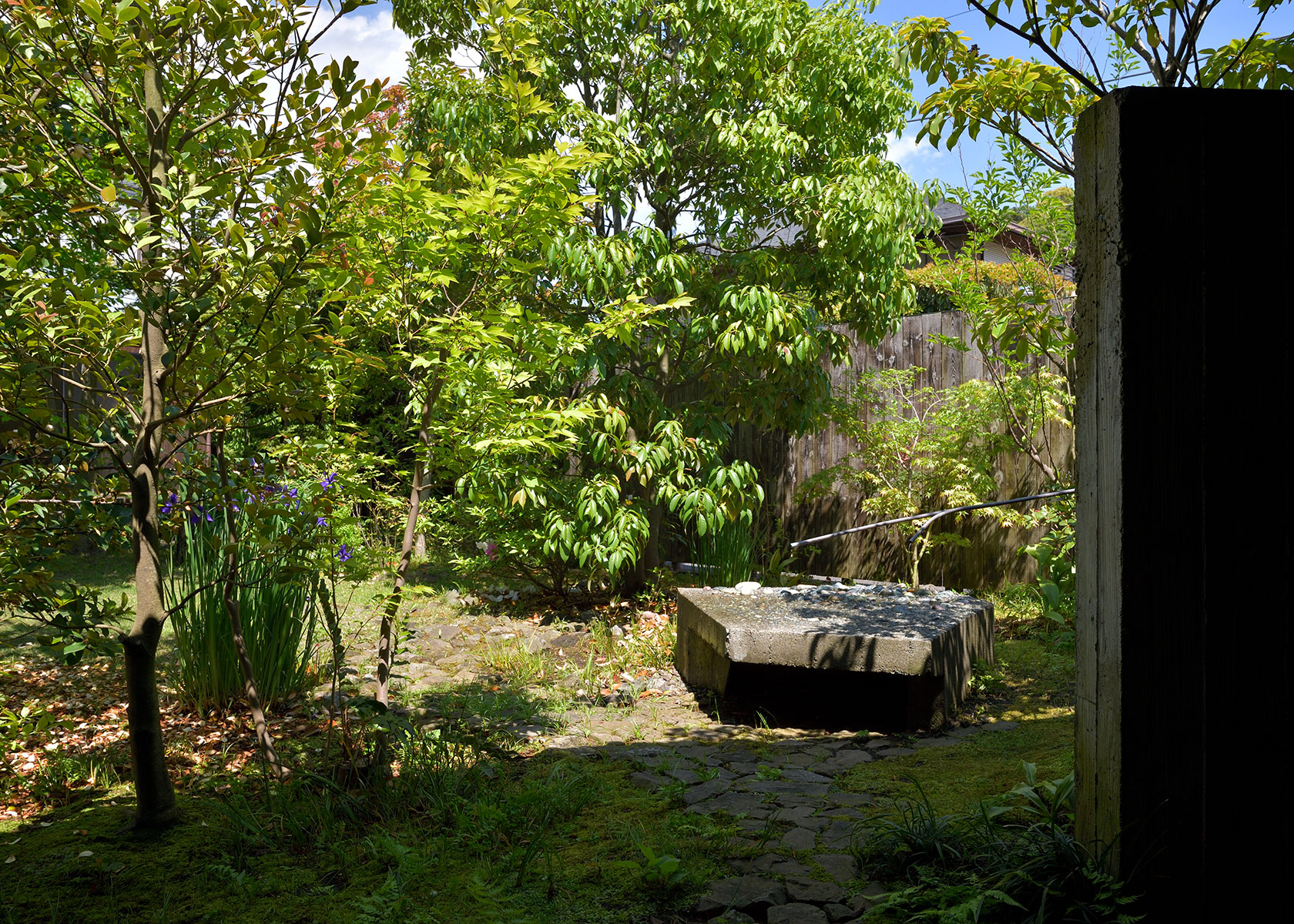
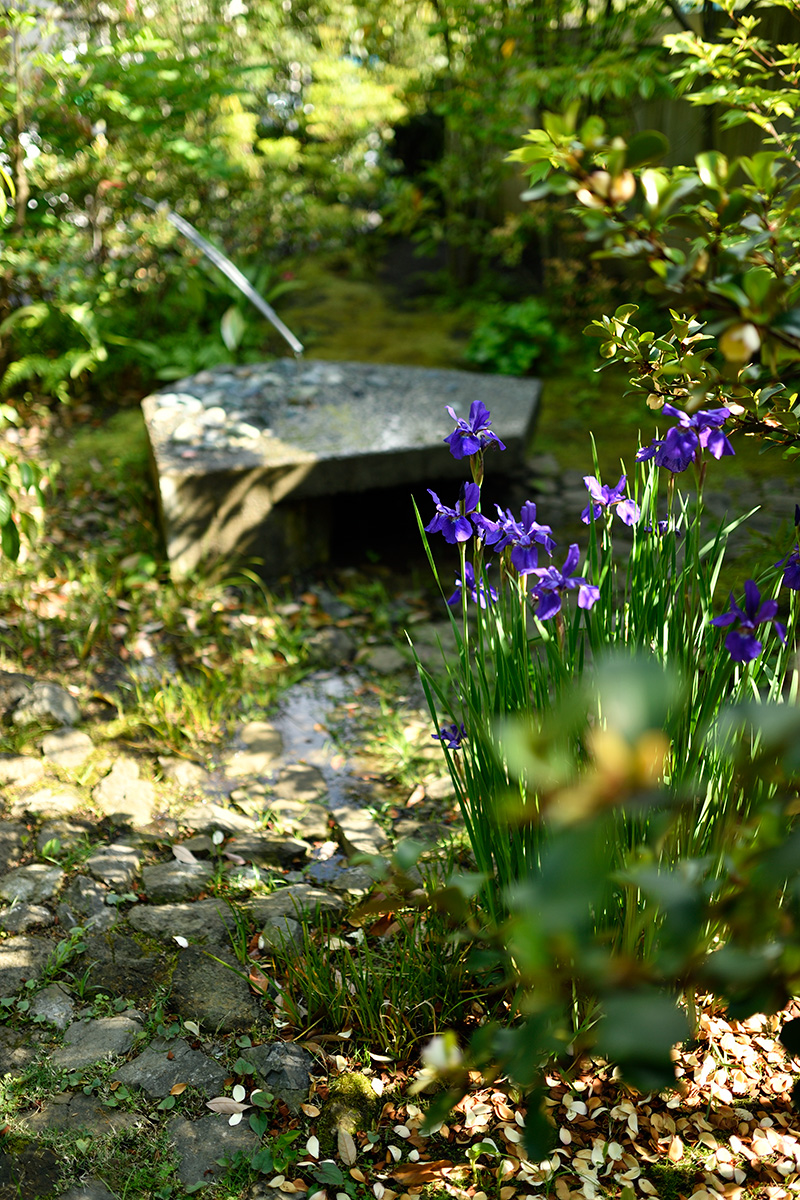
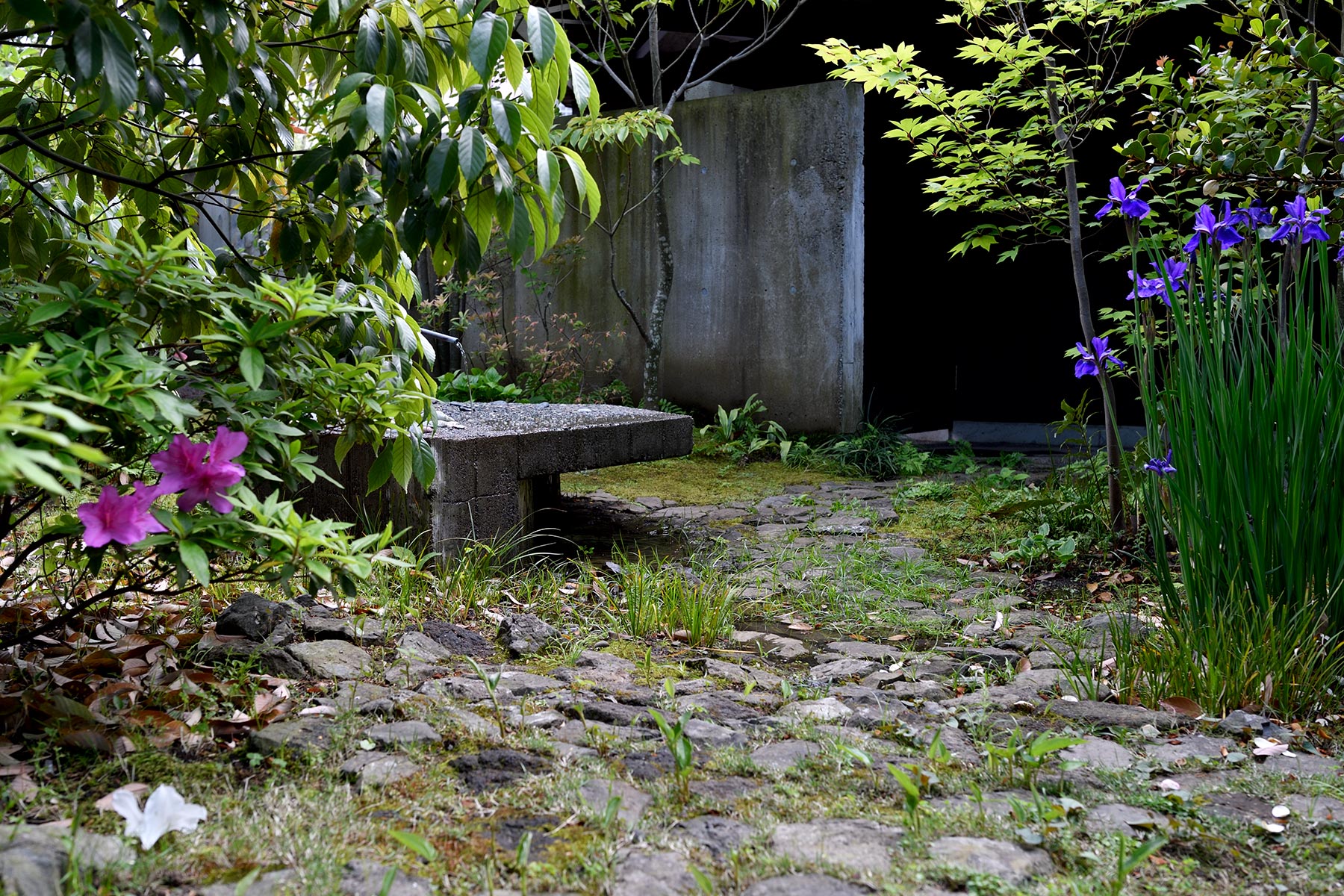
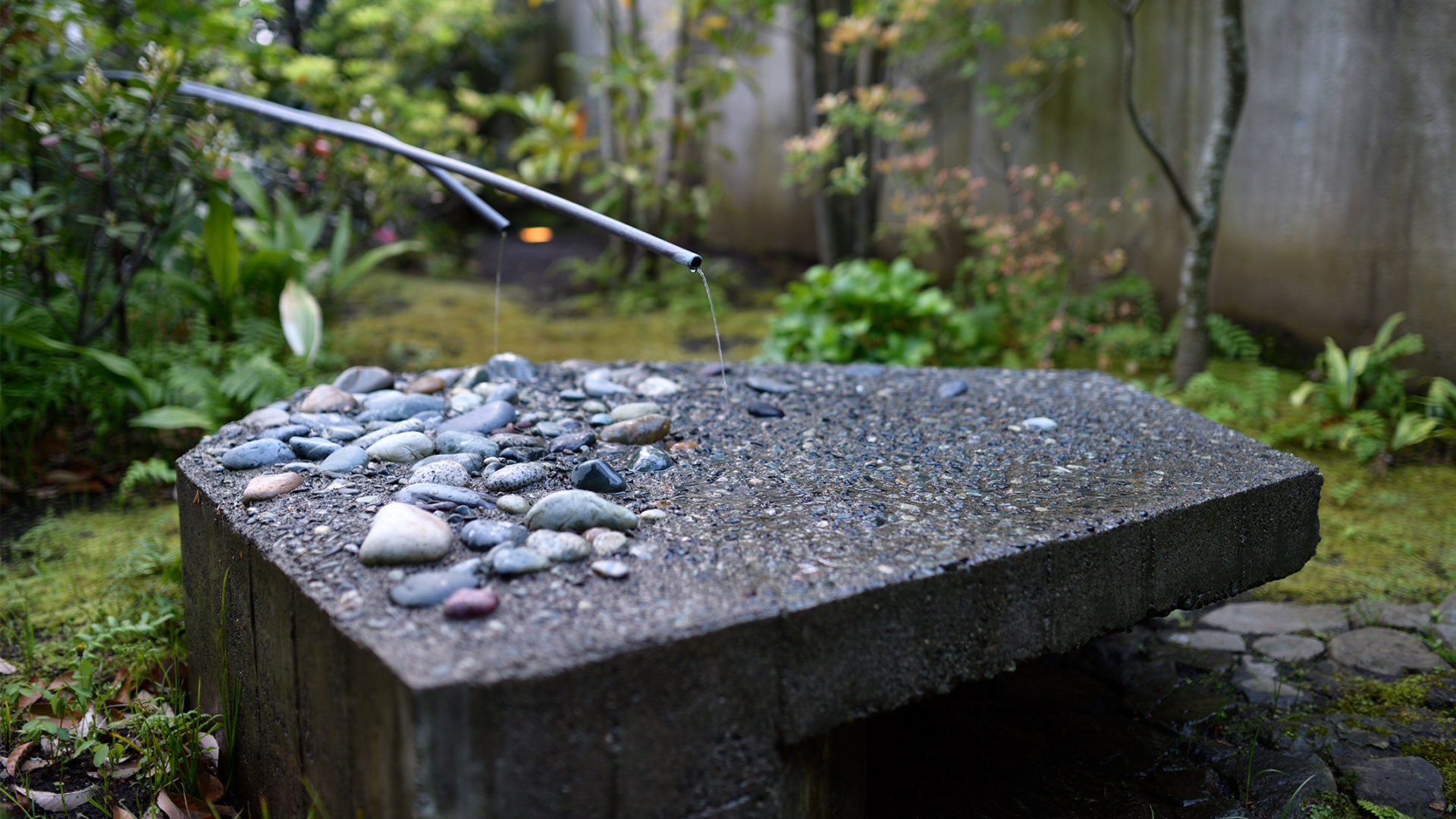
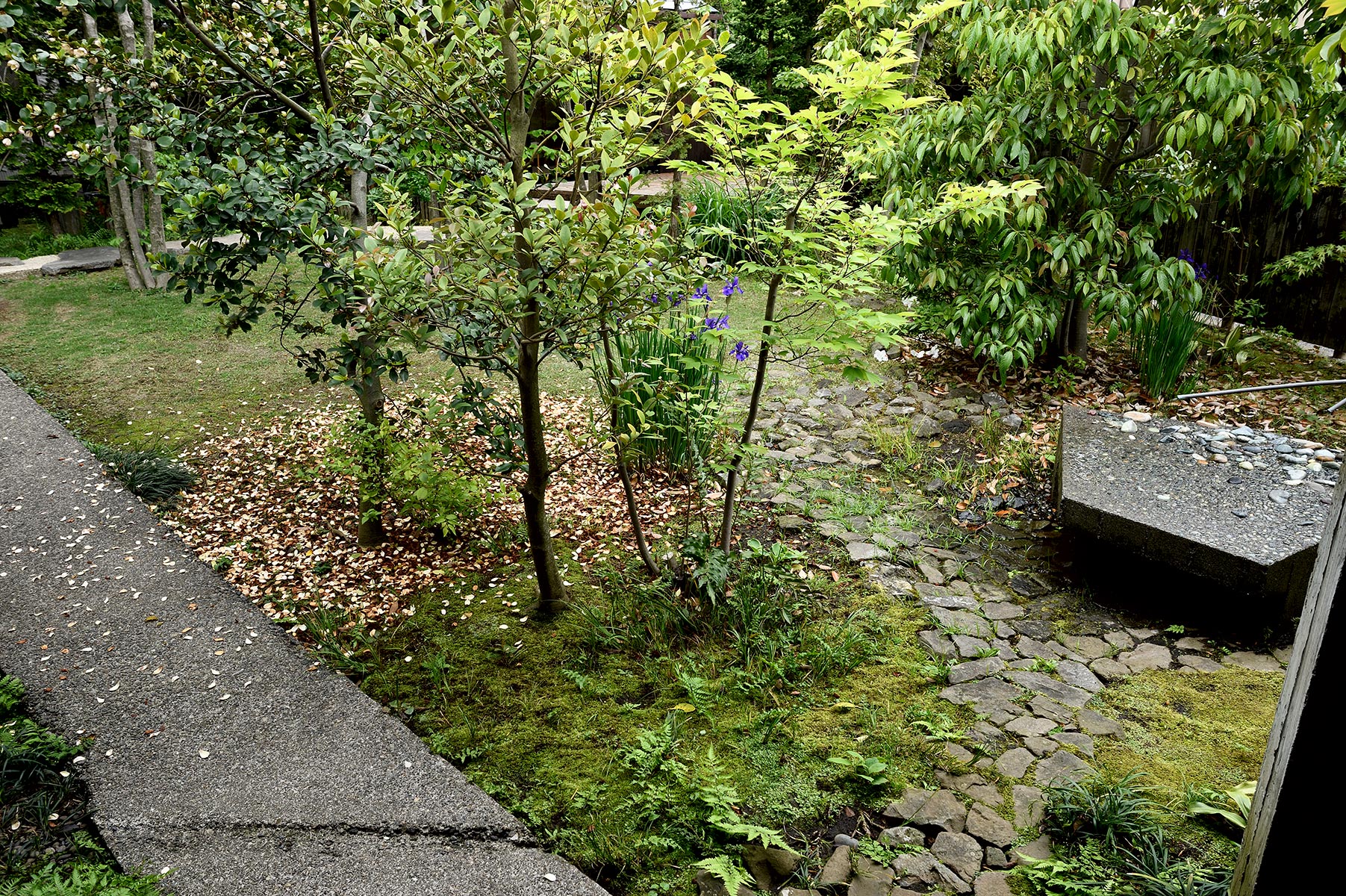
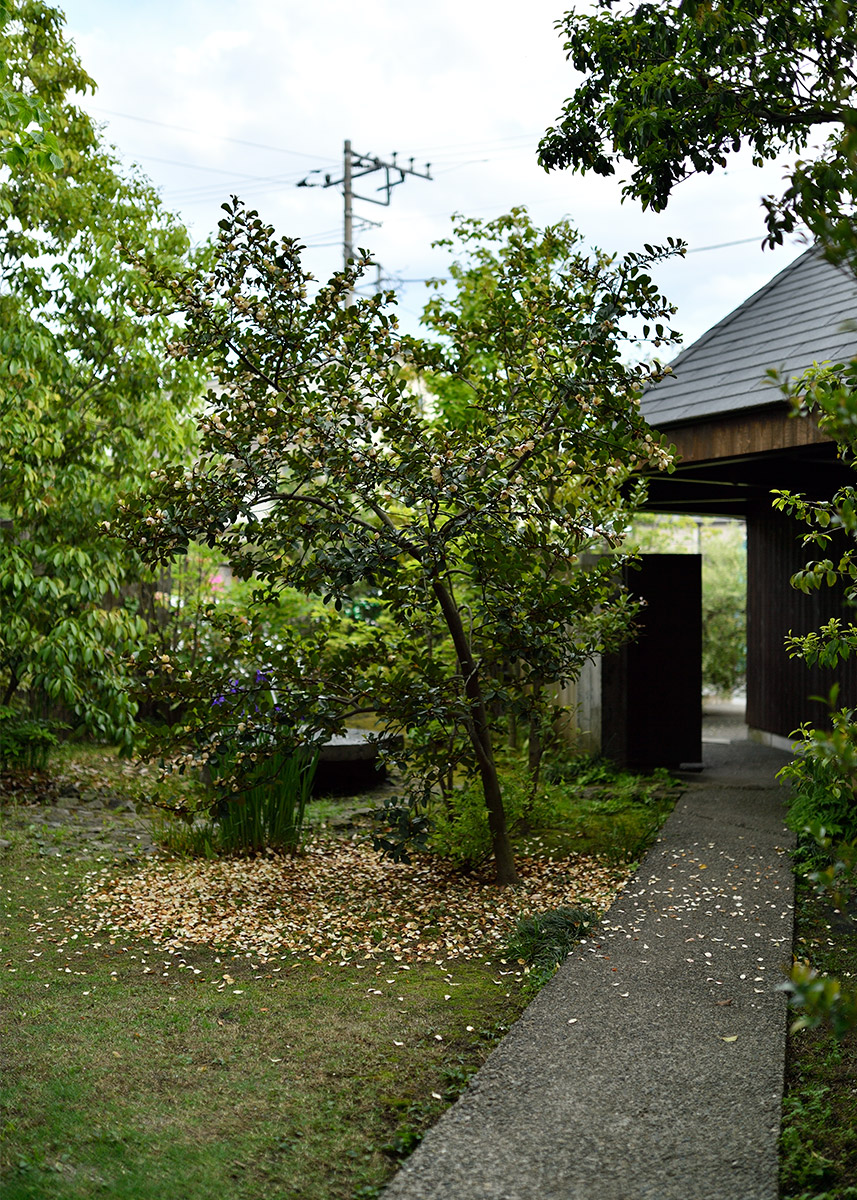
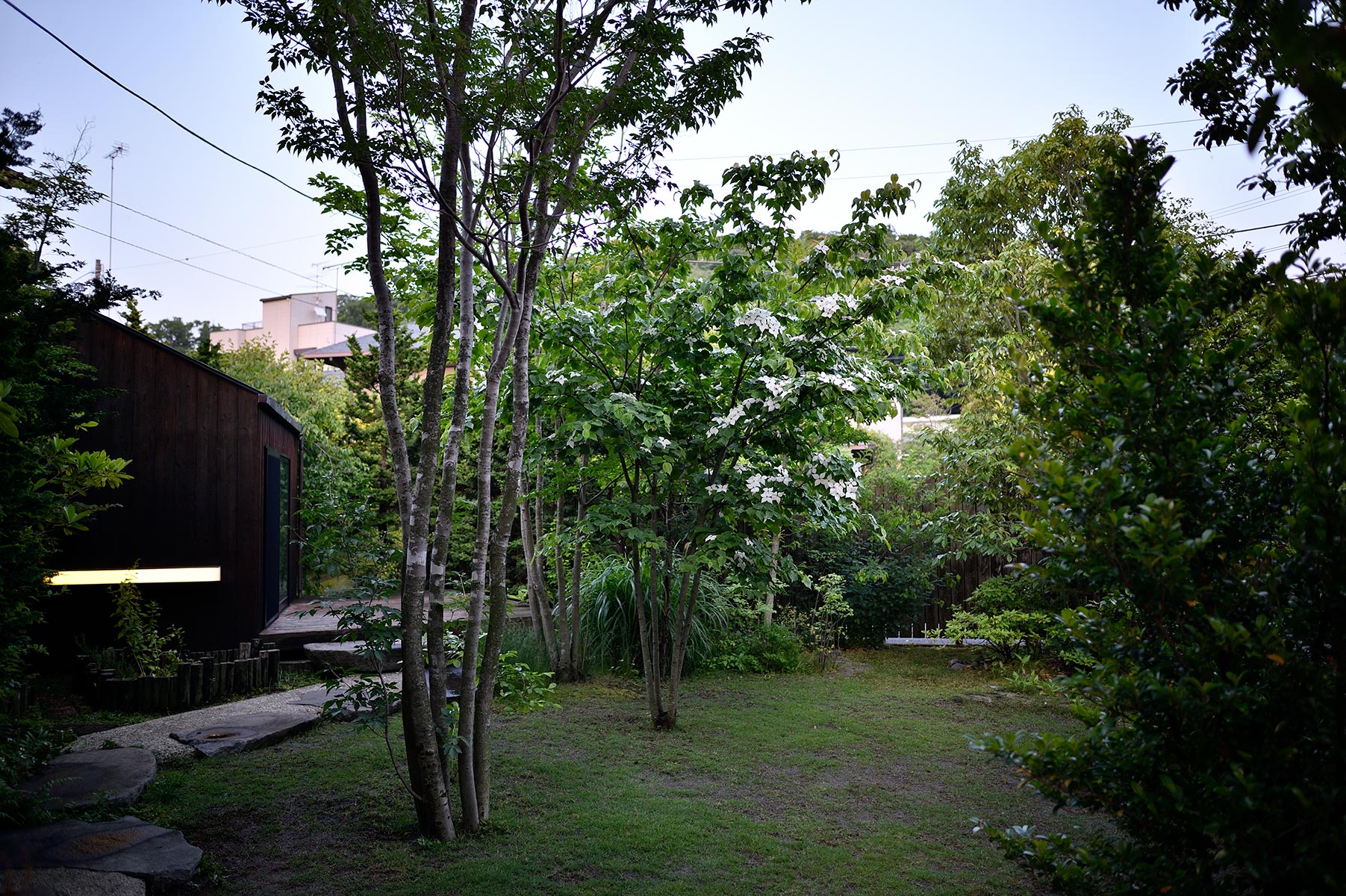
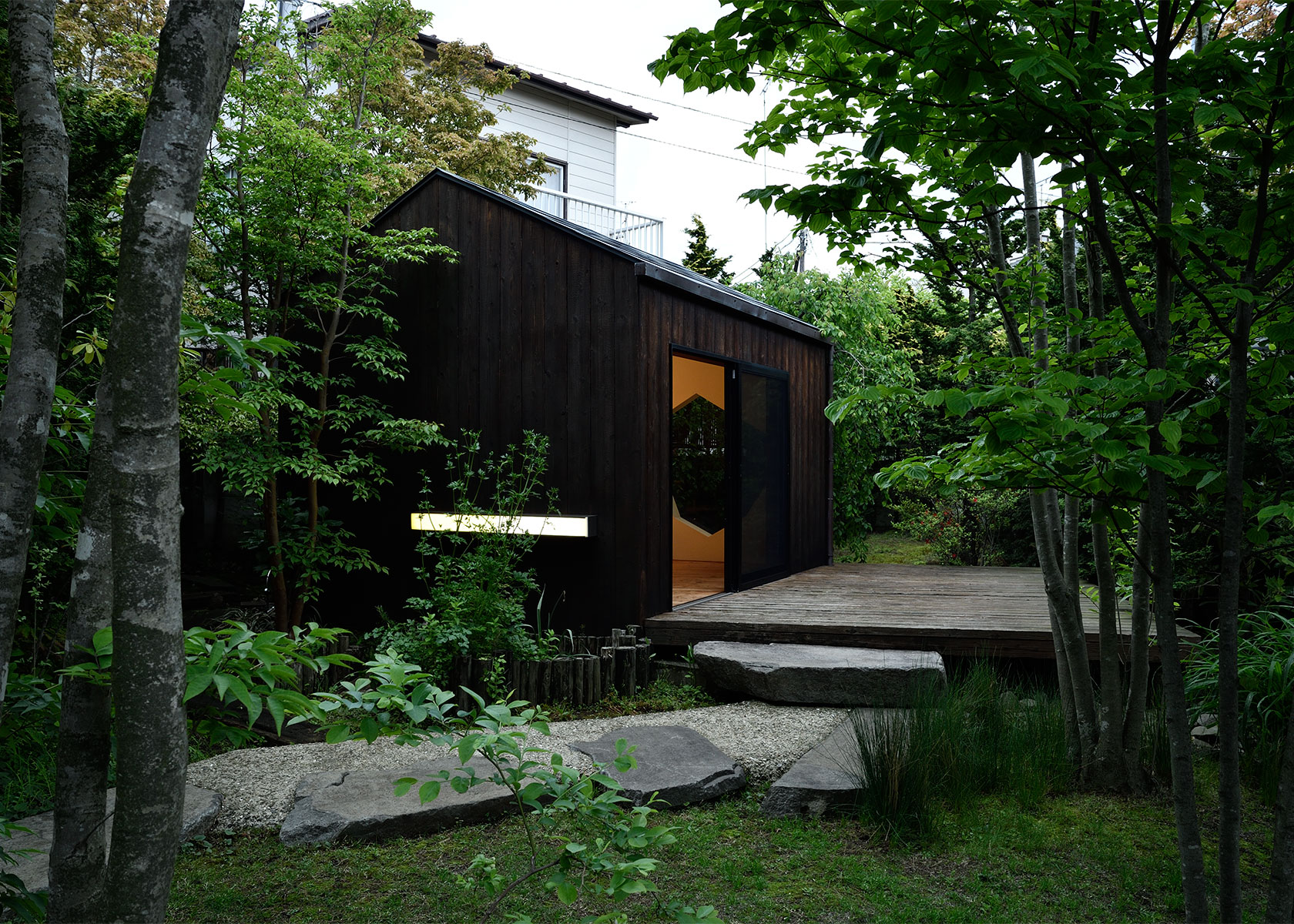
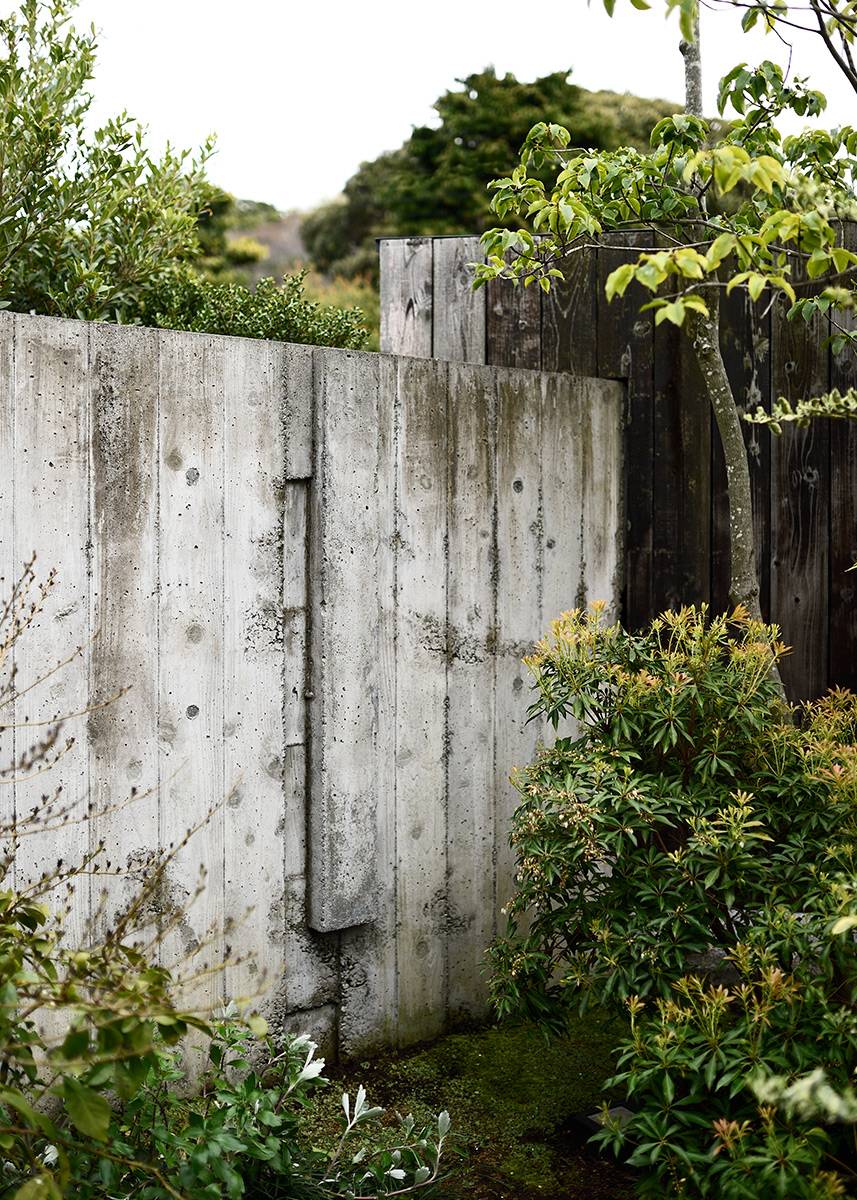
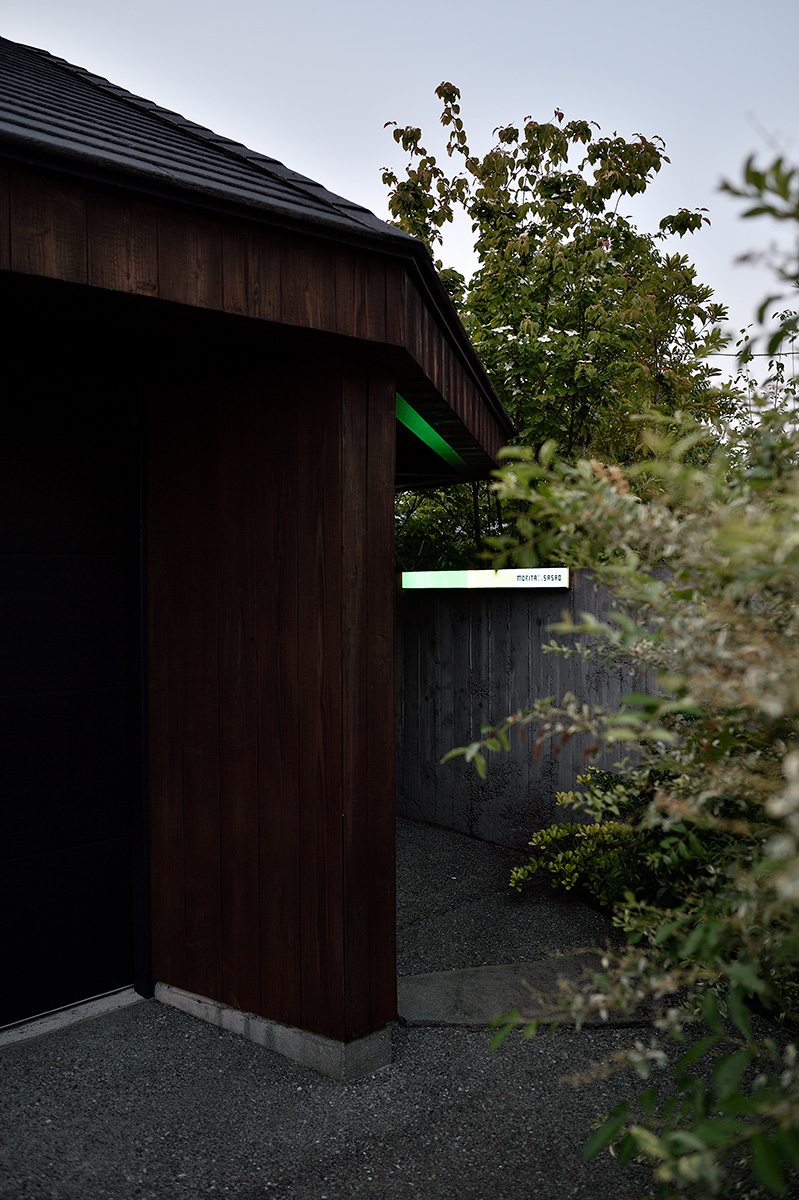
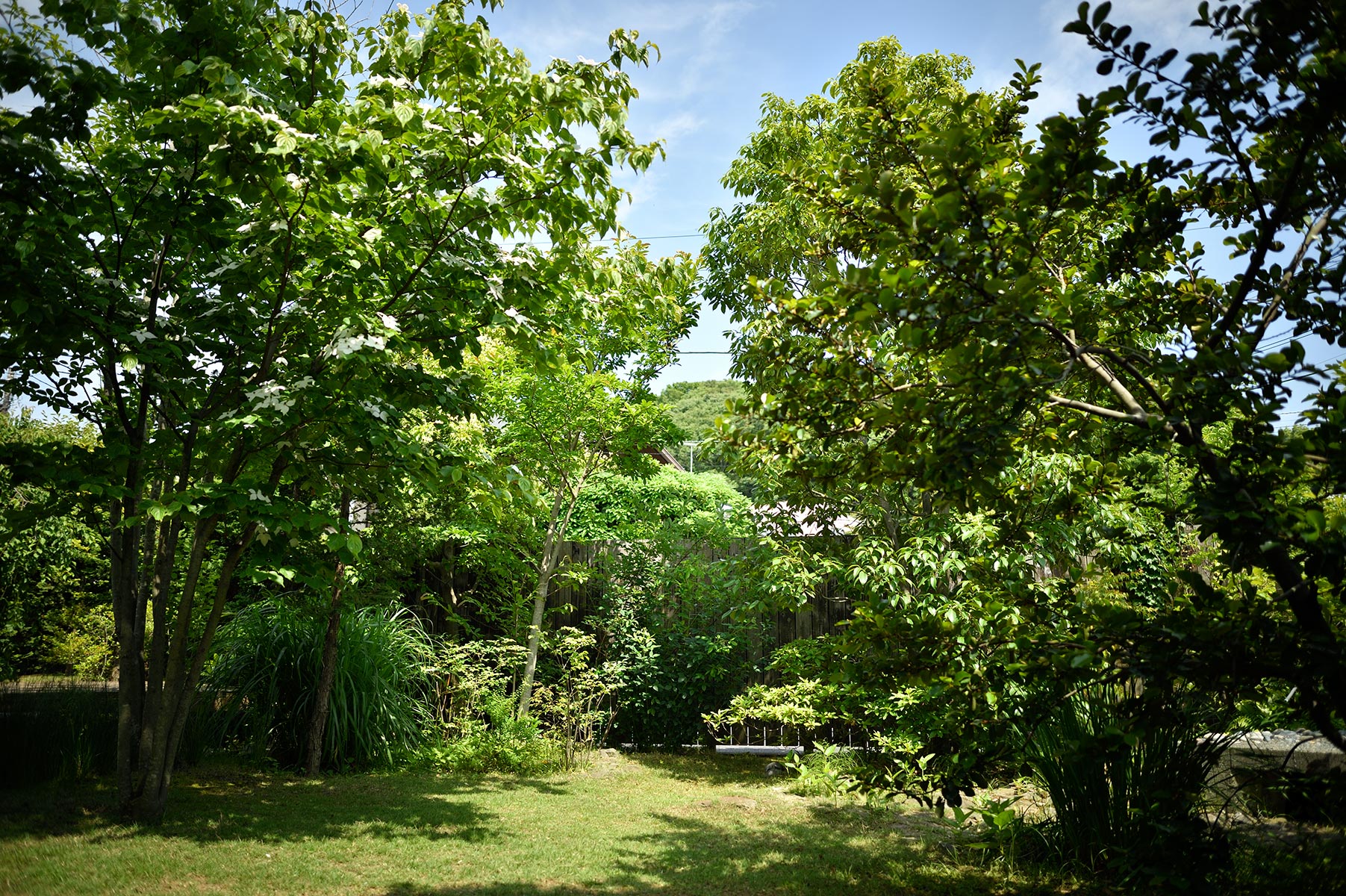 All photographs presented by © N-tree
All photographs presented by © N-tree